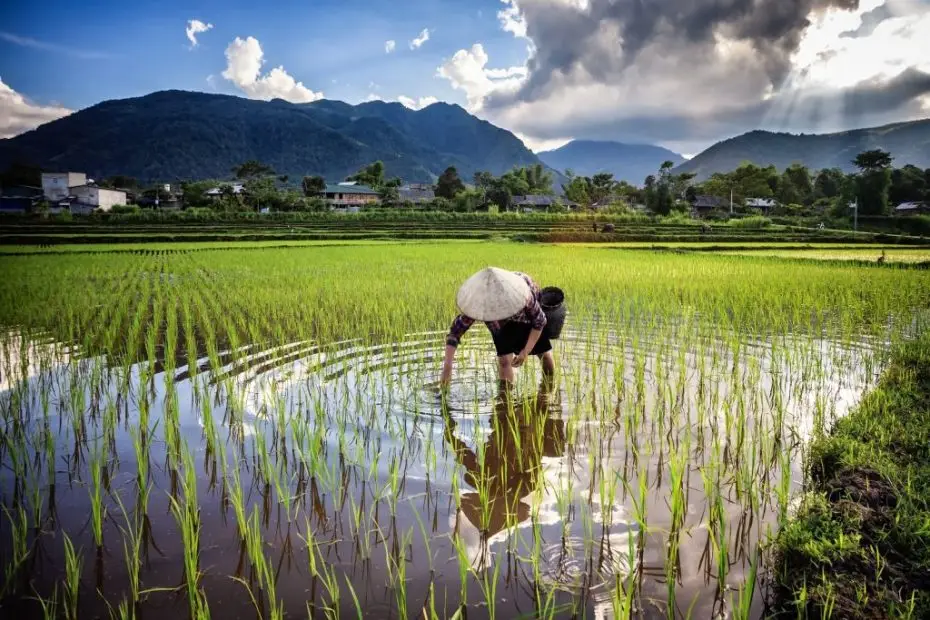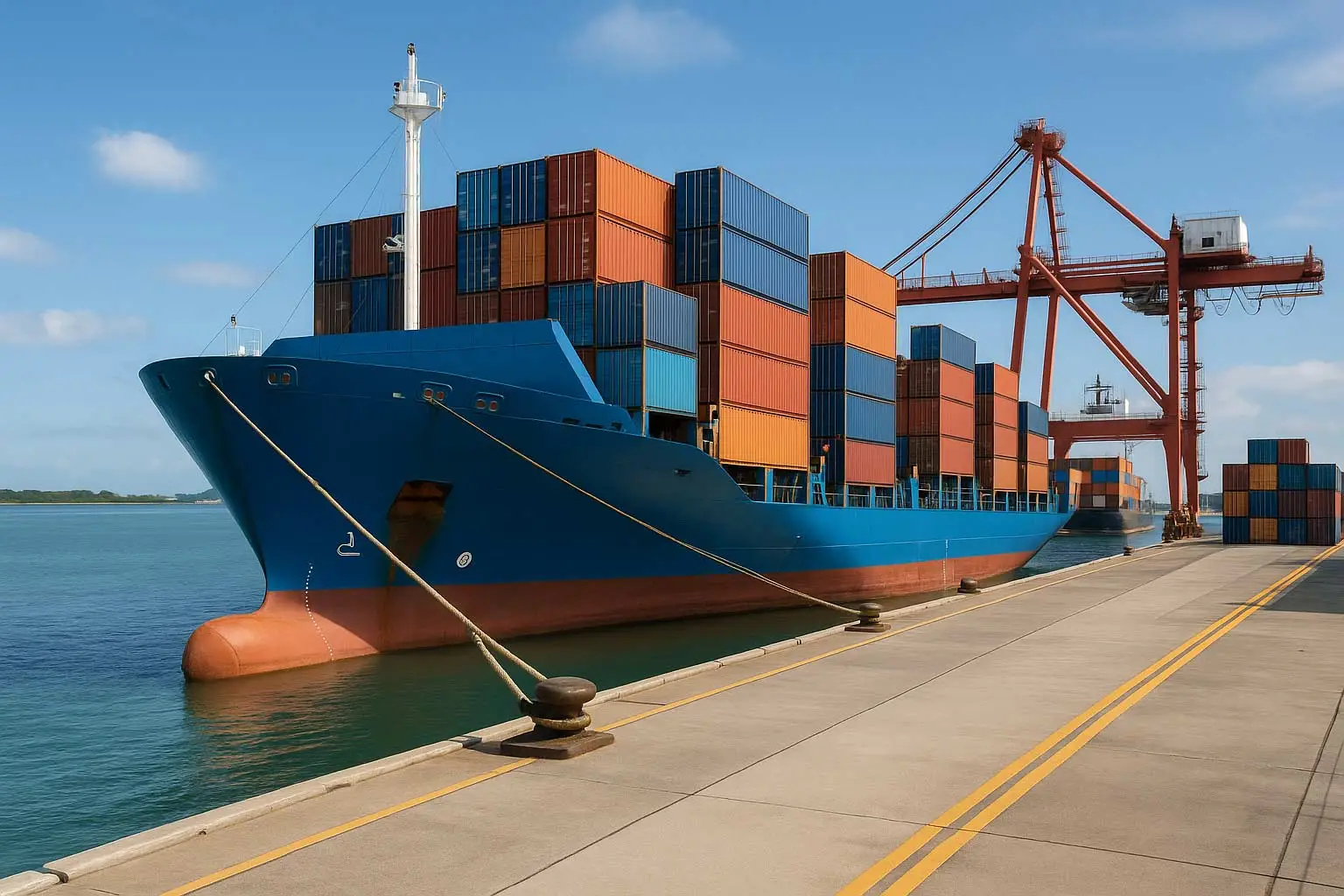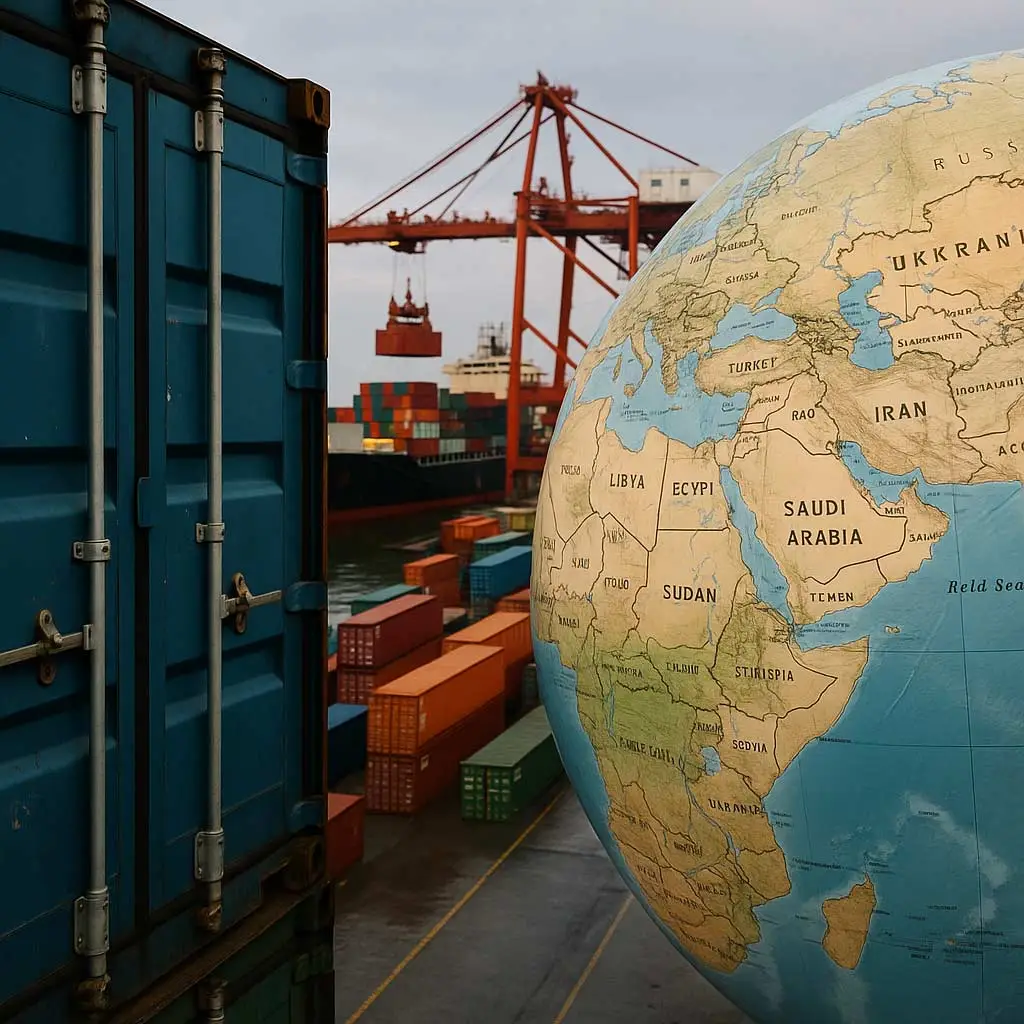In our previous article, we pointed out that staple foods are those that constitute the majority of a particular diet, and generally supply virtually all or most of the total intake of energy and nutrients. People usually consume these staple foods daily or multiple times a day. The overwhelming majority of global staple foods are grains. Corn, wheat, and yes rice, together make up 51% of the world’s caloric intake. Below is the rundown on the importance of rice, the thirstiest crop on our list.
Rice is the predominant source of nourishment each day for more than 1.6 billion people around the world, from Asia to Latin America to Africa. Rice may be even more important than corn as a food crop, since corn is used for other purposes outside consumption. Thus, rice is the source of more than 1/5th of all calories consumed by humans. It is also the thirstiest crop: according to the U.N., farmers need at least 2,000 litres of water to make one kilogram of rice.
The Rice Origin Story?
First domesticated in India and Southeast Asia, people have been growing it for thousands of years. Research suggests that perhaps it was Japan that first began consuming rice around 100 BC. During Portuguese trade expeditions, it was brought to South America. Rice requires a warm, humid climate for survival and flourishes in floodplains. China, Indonesia, and India are the biggest cultivators.
Today, rice makes up 16.5% of global caloric intake, which begs the question – What is your ‘go-to’ rice dish?



